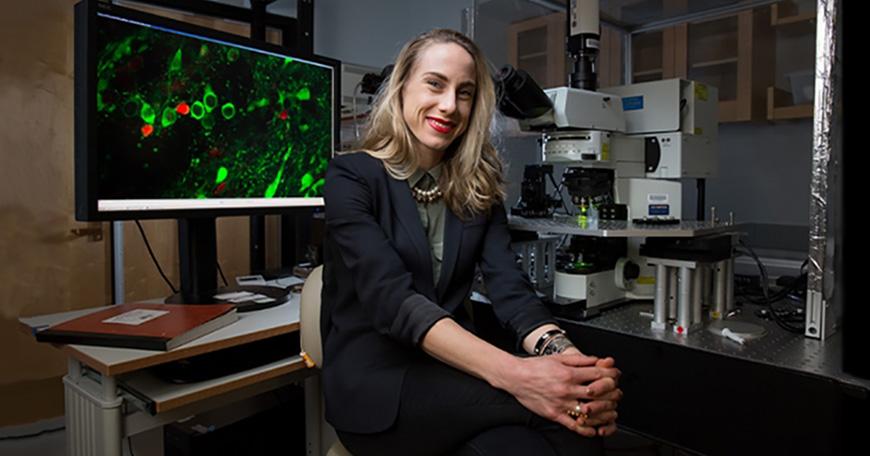Blending Asynchronous & Synchronous in Remote Teaching 3.024

When transitioning to remote teaching this spring, Prof Polina Anikeeva successfully balanced synchronous learning experiences with asynchronous course content and material. Anikeeva teaches 3.024, a core class in the department of Materials Science and Engineering. The class covers a range of topics from an introduction to quantum mechanics, to modeling and designing electronic and optical devices, to understanding magnetism.
Transition to Remote
MSE’s Digital Scientist Jessica Sandland had previously launched 3.024 as an MITx MOOC with high quality lectures, projects, and problem sets. This foundation served Anikeeva and her staff as they transitioned to completely online and responded to the departmental recommendation to hold classes asynchronously using the MOOC materials.
The 3.024 team anticipated a straightforward process where they would have the students watch the MITx lectures, and then follow up by meeting with the students on Zoom and answering questions. However, Anikeeva’s first classes on Zoom revealed that many students were not watching the lectures and few were coming to class prepared to ask questions.
Blending Asynchronous with Synchronous
Anikeeva polled her class to understand how they wanted to learn in the new remote teaching environment and to decide the best way forward. Her students expressed an overwhelming preference for live lectures over recorded lectures, indicating a second component of the online experience to what she had previously considered.
The first component, educational quality, was easily satisfied by the collection of ample high-quality videos, problem sets, and other resources on the 3.024 MOOC on MITx. The second component, highlighted by Anikeeva’s poll, was immediacy and personal connection, signaling how much her class valued the experience of learning from her instruction in real-time.
Her class not only benefited from receiving real-time lectures with Anikeeva, but also had the luxury of not needing to catch every word over unreliable internet. Students had the safety net of MITx and its excellent collection of recorded videos and online resources. By blending asynchronous with synchronous components, Prof Anikeeva effectively balanced the personal and educational needs of her students.

